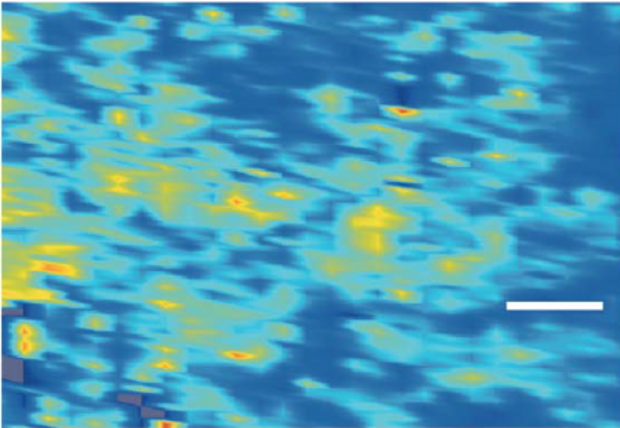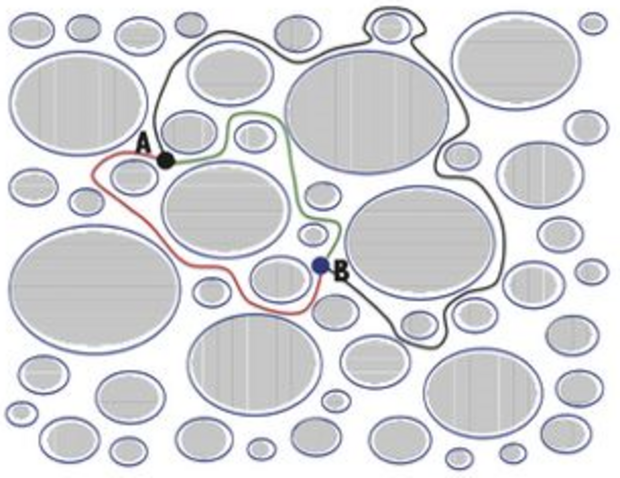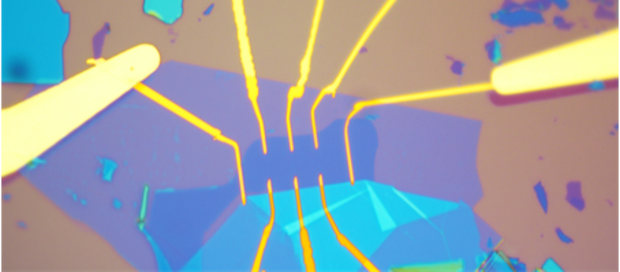Welcome to the Superpuddles Lab
The Lab is part of the Institute for Metallic Materials of the Leibniz Institute for Solid State Research in Dresden (IFW) in coherent synergy with the Superpuddles lab at the Department of Physics of the University of Napoli "Federico II" (UNINA).



